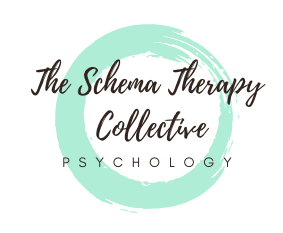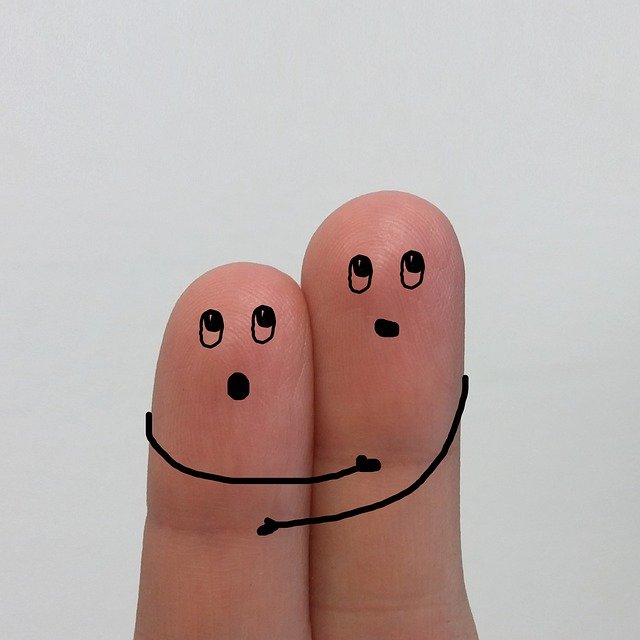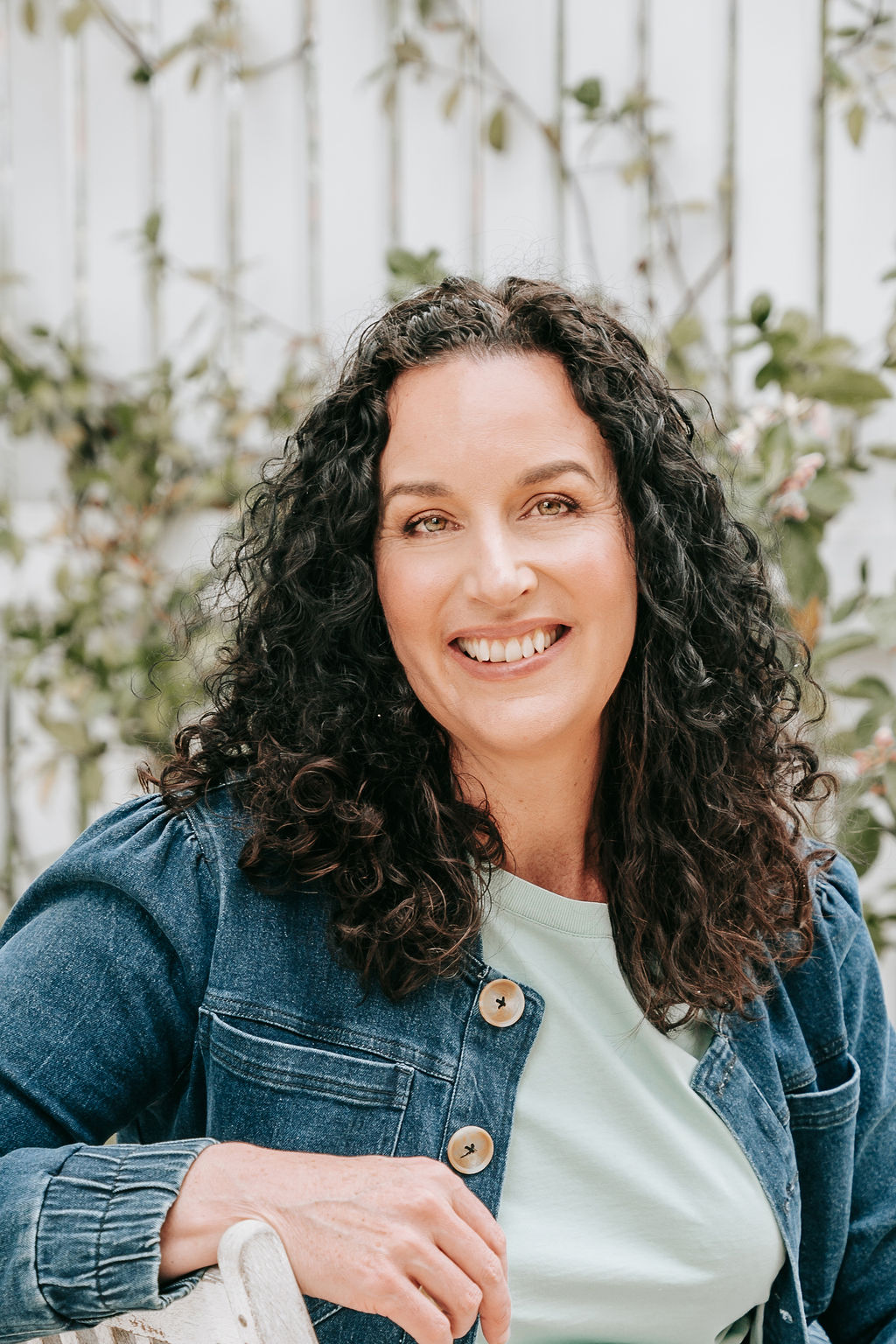Most commonly seen in people with anxiety , the vulnerability to harm and illness schema fills you with constant worry and fear about a range of things that could go wrong. Typically people with the vulnerability to harm and illness schema focus on fear about illness, safety of themselves.
This schema whispers:
“what if it’s not a headache, it’s a brain tumour?”
“what if I let my child godown the slide and they break their leg?”
“be careful with your money, or you’ll end up poor and destitute”
“what if the boat sinks/ the plane crashes?”
“if you don’t triple check the locks, someone will break in”
“what if there’s an earthquake while I’m crossing the bridge”
This schema deprives you of feeling safe. With its constant warnings and threats of harm and death, you will often be in a state of fight or flight , hyper-vigilantly scanning your environment for a potential threat.
You may find yourself repeatedly seeking reassurance often from partners, parents, doctors and friends. Or maybe you obsessively scan the news and the weather.
This schema often has its origins in being raised by parents who are overly protective or fearful. Throughout your childhood, you may have picked up on your parents’ fear and listened to their worries and concerns. As children, we are guided by our parents to know what is safe and dangerous but for people with this schema, their parent has a radar for the danger that is on overdrive. It can also happen if the worst did happen in your family, for example, the family lost their home due to fire or bankruptcy, a family member died unexpectedly or a child in the family needed to be protected from viruses due to immune deficiency.
What do you need if you have this schema?
This schema tends to impact the development of autonomy and confidence to survive as an adult. Therefore the need is to build the Healthy Adult to soothe your anxious vulnerable child part and to help calmly guide you to more accurately judge risk, to reduce your reliance on others for reassurance or engaging in reassurance-seeking behaviours such as checking. In schema therapy, you will engage in a range of activities including imagery rescripting, behavioural pattern breaking and healing unhelpful beliefs. When this schema is healed, you can live your life more freely and without constant anxiety and worry.


